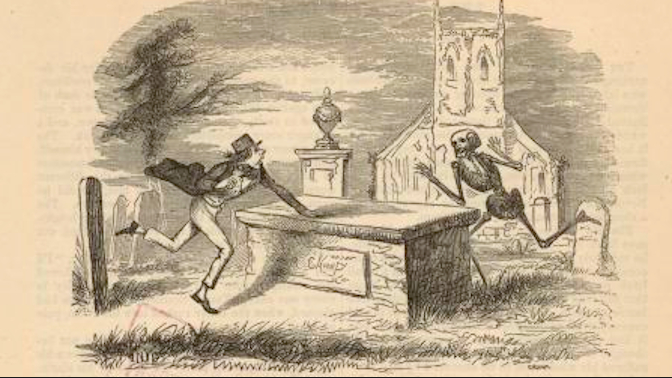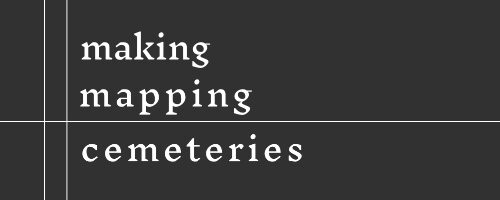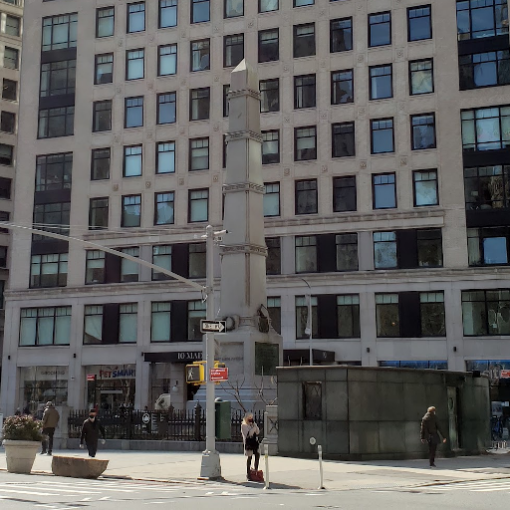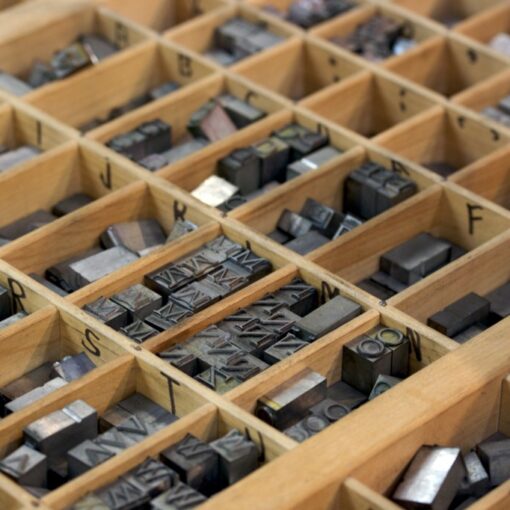
When I stood to write this final journal (yes, stood …I’ve worked at a standing desk for years), I struggled with how best to end this exercise in public journaling: would it be a final personal narrative, or a reflection on the project itself, or something more esoteric? In the end, I decided to focus on what I believe made the project a success, and that can be summed in one word: cohesion.
For people who have studied group dynamics, the effect of cohesiveness is key to productive outcomes. Teams generally develop in stages*:
- Forming (emotions like excitement, questioning behaviors about a person’s place within the group, and task formation).
- Storming (emotions like frustration when blockers begin to appear, arguments over direction can happen, and tasks need to be revised).
- Performing (emotions like comfort and acceptance, communication improves, productivity improves).
- Norming (emotions like satisfaction, fluidity between tasks and adjustments to support needs, skills improve and success is celebrated.
- Adjourning (emotions like anxiety and loss, some members may increase their productivity while others step back, task closure and celebration).
Our group was tested several times along the way, and we had to move quickly from forming to storming. Our first test was when we realized we would need to radically rethink the initial proposal, as it had relied too heavily on the work of a single academic. The second was when we struggled with how to define our audience. If both cases, our ability to speak openly and to listen mindfully allowed us to pivot gracefully. It was helpful that several of us had worked together before this class, so trust had already been established between some members of the group.
The ability to pivot and then to see the work grow from those decisions led us to reach farther. The creation of the Making Mapping Cemeteries site was driven by our desire to leave a roadmap to future scholars (DH practitioners being one of our audiences), and wanting to engage using different platforms led to the creation of the Mapping Cemeteries: After Life podcast series. While these choices did significantly increase the workload, they also forced us to stay continually engaged with each other via email, Zoom meetings and our Common’s community site.
We are now moving from norming to adjourning. Coming together to write our final group report [https://dhpraxis21.commons.gc.cuny.edu/mapping-cemeteries-final-project-report/] was bitter-sweet, since it so clearly signaled that our team in its current incarnation was drawing to a close. However, our last team meeting was also hopeful, in that we all expressed interest in staying connected to the project in some way and to coming together to finally meet “in the flesh” and do a group walk of our locations for a walking tour. Our class is over and our class deliverables to it have been met, but our relationships to each other will continue. That is what cohesion builds and I feel blessed!
*I am referencing Bruce Tuckman’s work here. Resource: https://infed.org/mobi/bruce-w-tuckman-forming-storming-norming-and-performing-in-groups/
Due: 13 May 2021 (published 25 May 2021).

[Originally posted to DHUM 70002 Digital Humanities: Methods and Practices (Spring 2021) in Personal Blogs and tagged mapping cemeteries, Personal Blog on May 11, 2021.]







